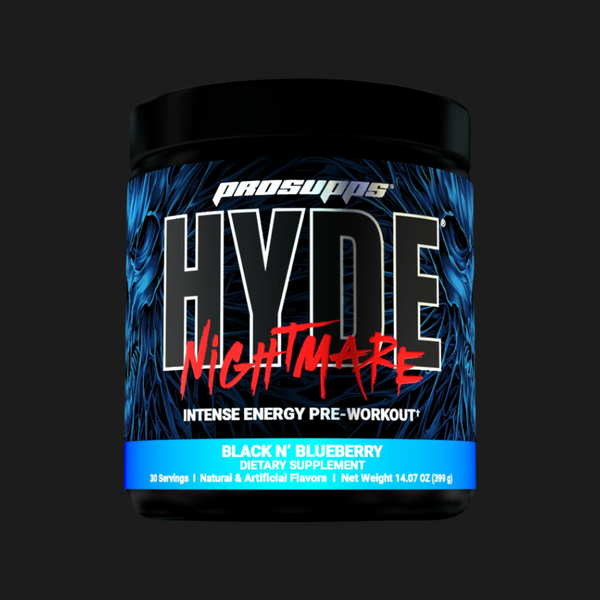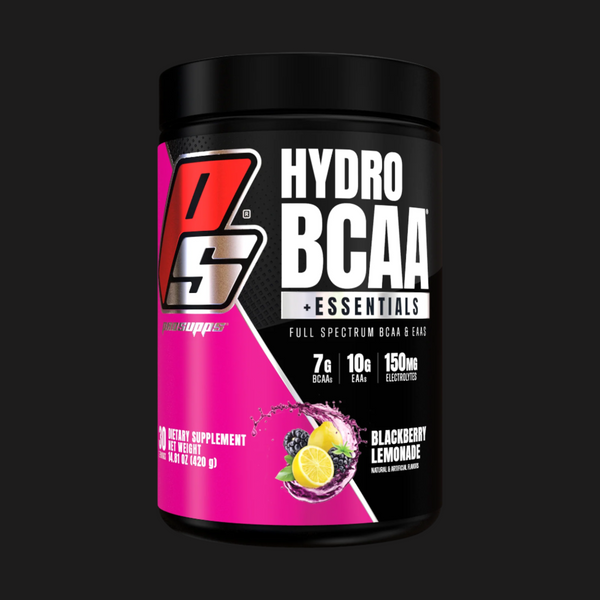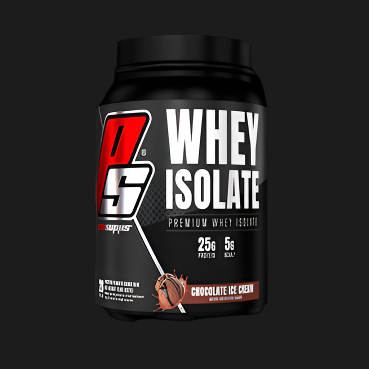
5 Reasons Why Your Pre-Workout Supplement Isn’t Working
 Written by Guy Gustafson
Written by Guy Gustafson July 12, 2021
Is your pre-workout supplement not as effective as it used to be? Are you having a hard time noticing a difference in your workouts when you take it compared to when you don’t?
If you’re not experiencing the benefits your pre-workout supplement claims to offer, there might be an issue with the way you’re taking it. Read on to learn some potential mistakes you might be making and find out what you should do instead.
How Important Is Pre-Workout?
How important is pre-workout to your success? Can you get in a good workout and make progress without using a pre-workout supplement?
You can absolutely see results without pre-workout. If you find yourself struggling to work up the motivation to get in the gym, though, or if you feel like you’re consistently dragging your feet during training sessions, it may be worth it to include a pre-workout powder in your routine.
Benefits of Pre-Workout
Pre-workout offers a lot of benefits and can enhance your workouts, whether you’re running, cycling, lifting, or doing HIIT cardio. Here are a few reasons why pre-workout might be an important addition to your supplement regimen:
- Reduces fatigue and increases energy
- Increases endurance and stamina
- Improves concentration and focus
- Improves post-workout recovery
Another cool thing about pre-workout supplements is that they can help you achieve specific goals beyond increased energy and stamina.
For example, pre-workouts that contain pump-enhancing ingredients support better post-workout recovery. You can also find thermogenic or testosterone-boosting pre-workouts that can boost your metabolism or support hormone balance.
How Often Should You Use Pre-Workout?
“How often should you use pre-workout?” one of the most common questions people ask about this particular supplement. A lot of athletes and gym-goers also assume that they need to take pre-workout before every single session.
Generally speaking, there’s nothing wrong or unsafe about this, as long as you’re not taking in too much caffeine over the course of the day (400mg or 0.014 ounces or less is considered safe for most).
However, if you use pre-workout regularly, especially if it contains caffeine, you might end up developing a tolerance to it. This means it’ll be less effective and you’ll have to take more to experience the same effect.
To avoid building up a tolerance, it may benefit you to cycle on and off of stimulant-containing pre-workout. You could take this pre-workout for two or three weeks at a time, for instance, and then spend a week using stimulant-free pre-workout.
The benefit of alternating between these two ingredients is that you get to take a break from caffeine, but you also get to reduce caffeine withdrawal symptoms and enjoy the benefits of other ingredients. This includes ones like L-Citrulline and Creatine, which are more effective when taken consistently over time.
How to Properly Use Pre-Workout Supplements
In addition to cycling on and off, there are other steps you can take to properly use pre-workout supplements and get more bang for your buck.
If you try taking breaks and still aren’t seeing great results from your pre-workout, here are five more reasons why it might not be working as well as you’d like:
1. You’re Not Reading the Ingredient List
A lot of people choose a pre-workout based on superficial factors. Maybe they like the way the package looks, or they see that it makes some enticing claims. Perhaps their favorite fitness influencer even promotes it on social media.
The problem with choosing a pre-workout supplement this way is that it may cause you to overlook more important details, such as the ingredient list.
Ideally, your pre-workout will contain scientifically backed ingredients that are known to improve performance. The following are examples of these kinds of ingredients:
- Caffeine
- L-Citrulline
- Creatine
- Beta-Alanine
Keep in mind, too, that your pre-workout label should include a specific list of ingredients. It shouldn’t just say “proprietary blend.”
Listing a proprietary blend is a sneaky way for supplement makers to avoid explaining exactly what they’re using. This, in turn, makes it harder for you to know what you’re consuming when you mix up your pre-workout drink.
2. You’re Not Measuring Before You Mix
Do you actually measure out a scoop when you’re making your pre-workout drink, or do you haphazardly throw some into a shaker cup and hope for the best?
If you’re doing the latter, it might be time for you to start measuring your pre-workout with a little more precision. This will help you to ensure you’re getting the specific amount of ingredients listed on the label.
Speaking of the label, it’s also important to consider how much of each ingredient you’re getting when you measure out a scoop of pre-workout.
For example, how much caffeine does your pre-workout of choice contain? You might assume you’re getting a lot of caffeine with your pre-workout but not actually getting that much (or vice versa, which could cause you to feel anxiety or jittery).
3. You’re Taking It Too Early or Too Late
The timing of your pre-workout can have a big impact on its effectiveness.
If you take it too early, you might feel its effects and then notice it starting to peter off before you even get into the meat of your workout. If you take it too late, you might not feel its maximum effects until your workout is almost over.
When should you take your pre-workout? Most people feel best when they take it 15-30 minutes before they start exercising. This gives the ingredients a chance to kick in and for you to enjoy the most noticeable effects from them.
4. You’re Taking It on an Empty Stomach
If you take pre-workout on an empty stomach, especially if it’s a high-stimulant pre-workout, you might experience an upset stomach. You might also experience other side effects, such as nausea, anxiety, or a headache.
Even if you’re not worried about digestive issues and caffeine side effects, eating before a workout can also help you to feel more energized, prolong your endurance, and reduce your chances of crashing halfway through the training session.
In general, foods that are high in carbohydrates and don’t contain much fat are best for your pre-workout meal. For example, you could have rice cakes, a banana, or some oatmeal with honey a couple of hours before training.
5. Your Lifestyle Is Getting in the Way
It doesn’t matter if you’re using the best pre-workout in the world, made with the finest ingredients in the most optimal quantities. If you’re not prioritizing your health in other ways, you likely won’t notice the same effects that you would if every other aspect of your life were dialed in.
Let’s say you’re only getting 5 hours of sleep each night, you’re not eating enough during the day, and you’re dealing with a lot of stress at work. If all of this is happening, you might still find that you’re dragging during your workouts and seeing suboptimal results, regardless of the pre-workout you’re taking.
If you’ve checked all the other boxes outlined above and still aren’t making progress, it might be time to look at other lifestyle factors and see if you can do some fine-tuning elsewhere.
Upgrade Your Pre-Workout Routine Today
Are you making any of these mistakes with your pre-workout supplement?
If so, try making some adjustments to your current routine. You’ll be amazed at how much more effective your pre-workout can be when you implement these practices.
You may need to upgrade your pre-workout supplement, too. ProSupps offers a wide range of pre-workout products designed to help you achieve your unique goals. Check it out today.
Products In This Article
=== split content ===
HYDE Nightmare
=== split content ===
HYDE Xtreme
=== split content ===
HYDE Max Pump
=== split content ===
GET LEAN
 Why You're Struggling
Can't Lean Out? Here's Why You're Struggling
Why You're Struggling
Can't Lean Out? Here's Why You're Struggling
We all know the feeling. You’ve been working hard in the gym, sticking to your diet and getting in your...
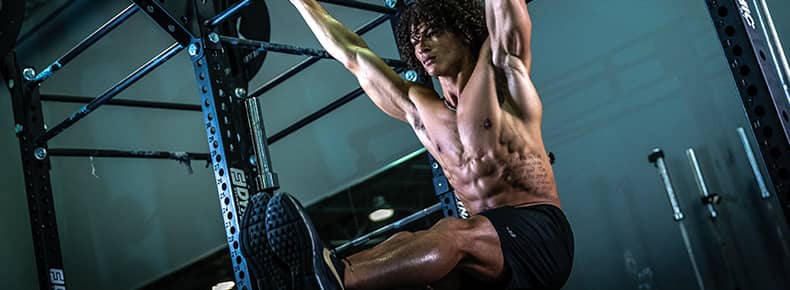 Weight Loss
Choosing the Best Protein Powder for Weight Loss
Weight Loss
Choosing the Best Protein Powder for Weight Loss
Struggling to shed body fat and lean out? You might need to focus more on your nutrition, specifically your protein...
 Weight Loss
9 Ways to Speed Up Your Weight Loss and Burn More Fat
Weight Loss
9 Ways to Speed Up Your Weight Loss and Burn More Fat
Weight loss is a major goal for more than 40 percent of Americans. Is it something you’re working toward, too?
 Workout Routine
10 Tips for Building a Sustainable Workout Routine
Workout Routine
10 Tips for Building a Sustainable Workout Routine
Starting a fitness journey is an exciting time, but maintaining a sustainable workout routine can be challenging. From setting realistic...





